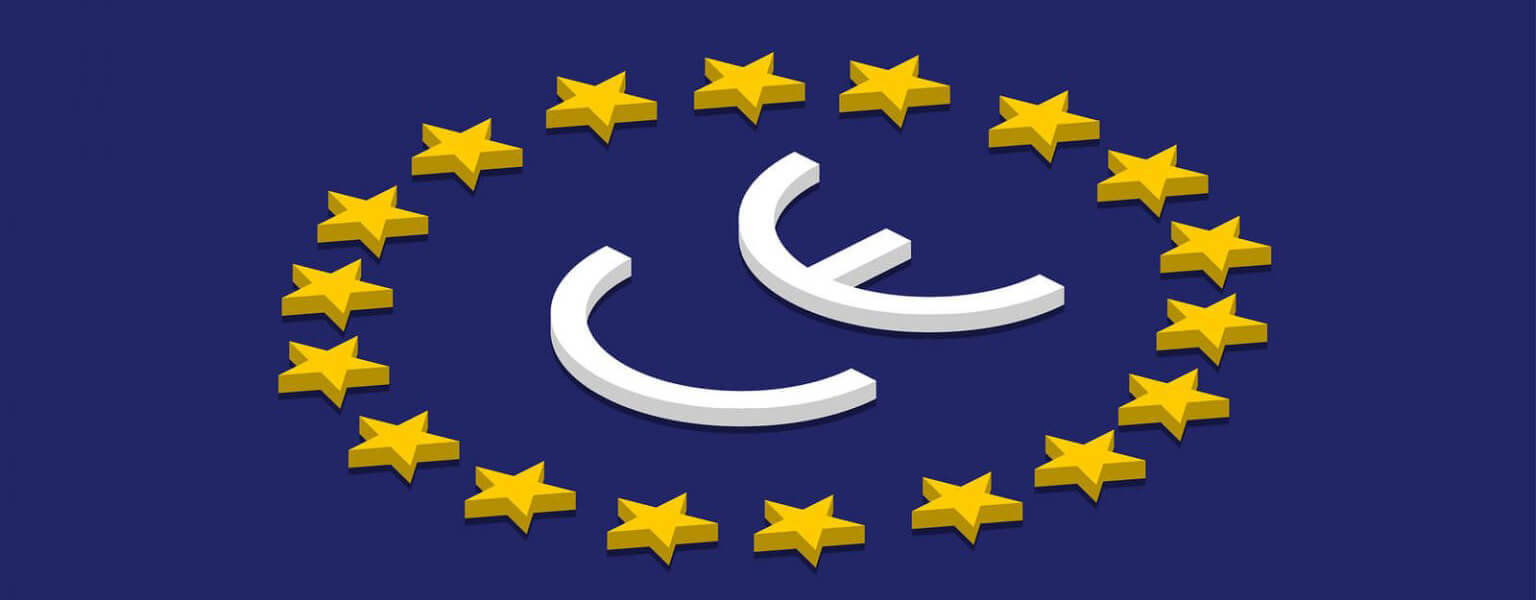How Do I Get a CE Certification?

Being a manufacturer is challenging—even more so when sales expand into Europe. To legally sell a product in the EU, it must be CE certified, and this is where manufacturers run into trouble. Even if a product is fantastic, if it’s not approved, it won’t matter.
This guide shows how to get CE certification without wasting time or effort.
What is CE Certification?
CE certification, or CE Marking, is how a manufacturer shows their product is safe for use in Europe. A wide range of items require a CE Marking, from machinery to toys.
Rather than applying to an organization for certification, CE Marking is mostly self-certifying. That means manufacturers themselves are responsible for meeting all applicable European laws, conducting the necessary testing, and gathering the appropriate documentation.
Failing to certify correctly can result in product recalls, fines, and possible jail sentences.
The Process of How To Get CE Certification
Even for those familiar with how to get CE certification, the process is lengthy and complicated. To be successful requires extensive knowledge of European laws called Directives (and in some cases Regulations).
Step 1 – Determine which EU Directives apply to your product
The first step to get CE certification is reviewing the EU Directives to find out which ones apply to your item. Directives contain Essential Requirements, which items must meet, or your product will be illegal.
Step 2 – Conformity Assessment
The next step is to prove your product conforms with the applicable Directives. Manufacturers can demonstrate conformity directly against the Essential Requirements clauses in a Directive, or, if the item qualifies, against what are known as Harmonized Standards. These are technical standards that have been “harmonized” to the relevant Essential Requirements.
Some items must be assessed or tested by an EU-authorized third-party known as a Notified Body.
Step 3 – Create a Technical File
The contents of a manufacturer’s Technical File is defined in the applicable Directive. Many documents make up the Technical File, including product design specifications, instructions for use, and conformity assessments. The Technical File must be available for presentation to EU inspectors upon request.
Step 4 – Draft and sign your Declaration of Conformity
The Declaration of Conformity is a legal document by which the manufacturer declares that the product meets all the legal requirements of all the laws that apply to the product, and that the manufacturer has taken all steps to meet the requirements for CE certification. It includes a description of their product as well as the applicable Directives, location of test results, and the responsible company representatives.
Step 5 – Affix the CE marking
The final step in how to get CE certification is to affix the CE Marking to your item. There are strict guidelines regarding the location, visibility, and indelibility of the mark.
CE certification is valid for 10 years. During that time, a manufacturer must keep the Technical File and Declaration of Conformity on hand to present to EU auditors if asked.
Directives of Interest for Manufacturers
Several EU Directives are of particular interest to manufacturers, as they deal with technical devices, including machinery, radio systems, and electrical equipment.
Electromagnetic Compatibility Directive (EMC)
This Directive applies to items that could cause (or be disturbed by) electromagnetic interference. Compliance with this Directive is mandatory for nearly all electronic equipment sold in the EU.
Manufacturers whose product falls under the EMC must perform an electromagnetic compatibility assessment in accordance with the Essential Requirements of the EMC Directive.
Machinery Directive (MD)
According to this Directive, the definition of “machinery” is quite broad. Qualifying items include whole machines, parts of machines, groups of machines, and machine-related equipment.
To show a product conforms with the MD, it must meet Essential Health and Safety Requirements. There are additional obligations for high-risk machinery, as noted in Annex IV of the MD. In all cases, this requires an appropriate risk assessment and almost always use of Harmonized Standards.
Low Voltage Directive (LVD)
Electrical equipment that falls under the LVD is for use between:
- 50-1,000 volts AC
- 75-1,500 volts DC
Qualifying items must meet the Principal Electrical Safety Objectives described in the LVD. In all cases a suitable risk assessment is required, and almost always compliance is shown to the relevant Harmonized Standards.
ATEX Directive
This Directive is for items intended for use in a Potentially Explosive Atmosphere (ATEX). Items fall under either Group I or Group II, which are broken down further into categories. A risk analysis is required and compliance is generally shown by use of harmonized standards. In some cases the manufacturer will require a Notified Body to assess product conformance.
Radio Equipment Directive (RED)
Equipment that uses the radio spectrum below 3 THz, including transmitters and receivers, falls under the RED. Products are assessed against three technical aspects:
- Electrical safety
- Electromagnetic compatibility
- Radio performance
Compliance is shown typically by testing against Harmonized Standards.
Certify with Confidence
As a manufacturer entering the European market, you’re responsible for consulting the applicable EU Directives, ensuring your product is fully tested and documented, and filling out the legal Declaration of Conformity. Only then, may your product bear the CE Marking.
At Technology International, we have 30+ years of experience showing manufacturers how to get CE certification. Our experts can guide and support you every step of the way, from identifying applicable Directives to reviewing Technical Files.
If you need CE Marking to get your product to market in Europe, click the button below.